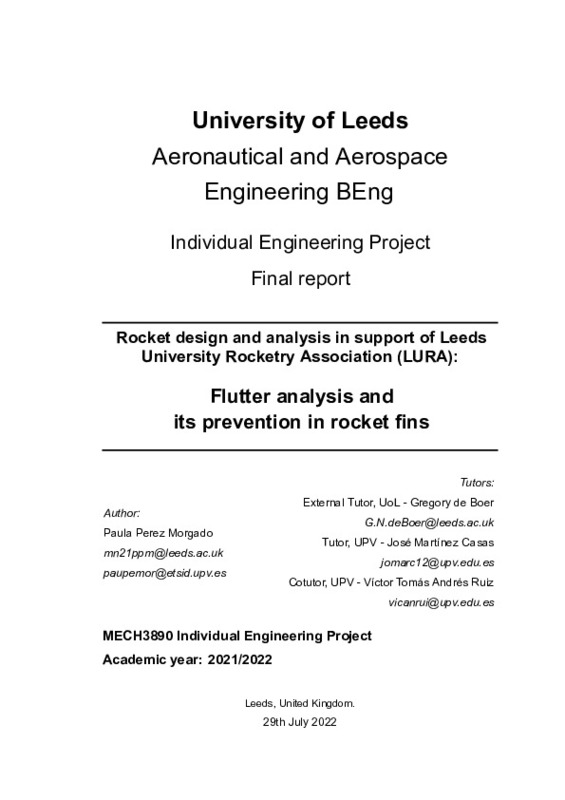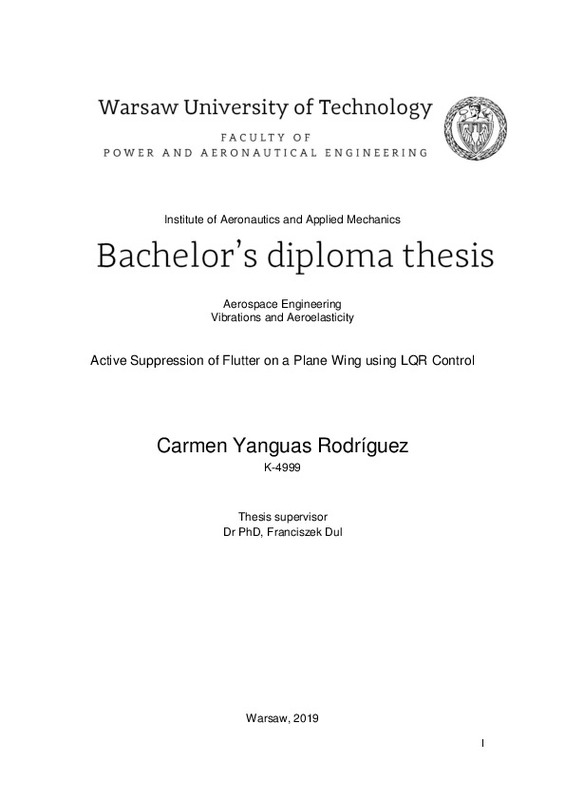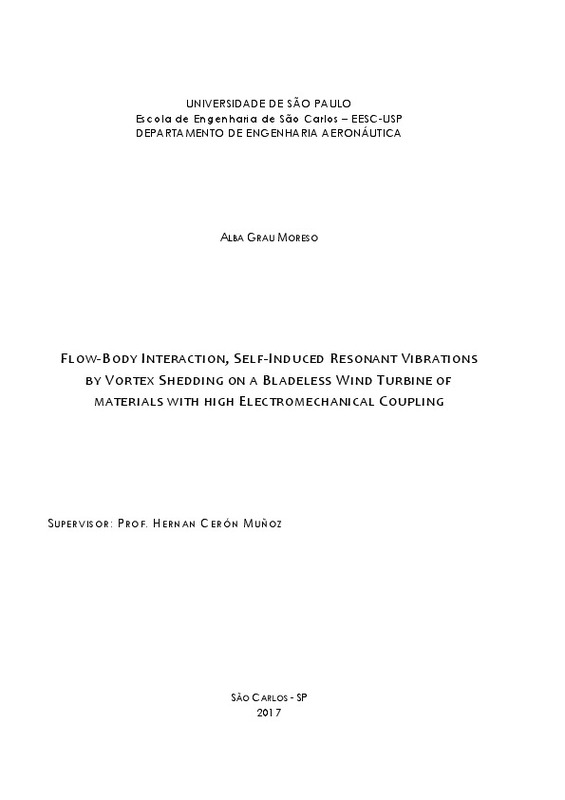|
Resumen:
|
[ES] El flutter auricular es un tipo de taquicardia que supone el 10% de las arritmias supraventriculares en adultos y tiene una incidencia del 1% de la población. En cuanto a su tratamiento, cada vez se realiza más la ...[+]
[ES] El flutter auricular es un tipo de taquicardia que supone el 10% de las arritmias supraventriculares en adultos y tiene una incidencia del 1% de la población. En cuanto a su tratamiento, cada vez se realiza más la ablación del punto de la aurícula causante de la reentrada. Para ello, se propone usar el problema inverso de la electrocardiografía (ECGI), tecnología no invasiva que realiza un mapeo de la actividad cardíaca en base a los potenciales registrados en el torso.
Los objetivos de presente Trabajo Final de Grado (TFG) son desarrollar el método de preprocesado que más se adecúe a las señales de flutter registradas mediante la técnica Body Surface Potential Mapping (BSPM) y diseñar el flujo de cálculos idóneo para la identificación de patrones reentrantes en flutter auricular.
Esto se ha realizado mediante el cálculo de electrogramas inversos, tanto de ondas individuales como de una onda de flutter promedio de todas las presentes en un registro. Además, se ha desarrollado un algoritmo que compute de forma automática las ondas de flutter promedio para caracterizar correctamente la patología.
Los experimentos realizados indican que la técnica de preprocesado más efectiva consiste en una serie de filtrados que comienza con un filtro paso banda con frecuencias de corte inferior y superior de 0.67 Hz y 50 Hz, respectivamente, un filtro notch de 50 Hz y, por último, un filtro paso banda con frecuencias de corte inferior y superior de 2 Hz y 20 Hz, respectivamente.
Por otro lado, se han identificado reentradas en mapas de tiempos de activación obtenidos en base a electrogramas inversos de ondas de flutter individuales y promedio. La localización de reentradas más exacta se ha conseguido mediante los mapas de tiempos de activación de la onda de flutter promedio obtenida por los métodos propuestos.
[-]
[EN] Atrial Flutter is a kind of tachycardia that causes the 10% of the supraventricular arrhythmia in adults and has a 1% prevalence in the population. As to the treatment, the ablation of the atrial point that causes the ...[+]
[EN] Atrial Flutter is a kind of tachycardia that causes the 10% of the supraventricular arrhythmia in adults and has a 1% prevalence in the population. As to the treatment, the ablation of the atrial point that causes the re-entry is becoming the most performed method. To allow this objective, it is proposed the inverse problem of electrocardiography (ECGI), a non-invasive technology that performs a mapping of the cardiac activity based on the surface potentials registered in the torso.
The objectives of the actual Final Degree Project are to develop the pre-processing method that best suits to the flutter signals obtained by Body Surface Potential Mapping (BSPM) and to design the ideal flux of calculations for the identification of re-entrant patterns in atrial flutter.
This has be done by calculating inverse electrograms, both from individual waves and an average flutter wave of all those present in a signal recording. An algorithm that automatically computes average flutter waves will has been developed to a correct characterization of the pathology.
The experiments carried out indicate that the most effective pre-processing technique consists in a series of filters that starts with a band pass filter with lower and upper cut-off frequencies of 0.67 Hz and 50 Hz, respectively, a notch filter of 50 Hz and, finally, a band pass filter with lower and upper cut-off frequencies of 2 Hz and 20 Hz, respectively.
Secondly, re-entries in local activation times maps obtained in base to individual and average flutter waves have been found. The most accurate re-entry location method was achieved through local activation times maps from an average flutter wave obtained by the proposed method.
[-]
|




![[Cerrado]](/themes/UPV/images/candado.png)





